Wondering how to make your garden (or roof garden) more environmentally friendly? In this article, we’re looking at the different ways that wildflowers are important to the environment and how you can incorporate them into your own outdoor space.
10 reasons why wildflowers are important to the environment
- Easy to care for, rarely need pesticide applications
- Prefer low fertility soil – you don’t need to add any fertilisers
- UK wildflowers are perfectly suited to UK weather conditions – no need for hothouses or winter protection
- Important for biodiversity – wildflowers are an intrinsic part of the food chain for most, if not all, insects and animals
- Highly attractive food source for pollinating insects
- Many species of butterfly only lay their eggs on wildflowers
- Like all plants, wildflowers absorb CO2 and pollution from the air
- Root systems help stabilise the soil and prevent erosion
- Wildflower seeds are an important source of food for birds in wintertime
- Help to raise interest and interaction with the natural world which in turn leads to less littering, better care of the environment and better mental health.
Reasons to love wildflowers
Besides their natural beauty, wildflowers have a lot to offer the 21st-century gardener. Firstly they are incredibly easy to care for once they have established. That means you need fewer nasty chemicals in your garden to control pests and diseases. It saves you money and it helps to encourage a more natural ecosystem where different species work together to manage pests and diseases.
Personally, I love wildflowers for their diversity and for the way they have supported our food supply for centuries.
Pollination: a key process in environmental health
Pollination is simply a happy side-effect of bees gathering food. Wildflowers ensure that whatever the time of year if bees and butterflies are hungry, they have a good source of food. That means that these creatures can survive in lean times and then be available to pollinate our food crops.
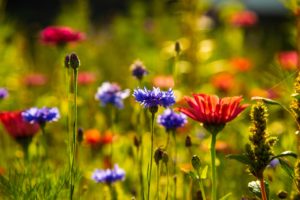 |
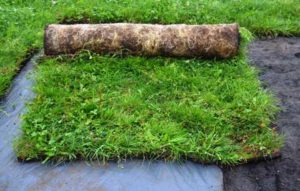 |
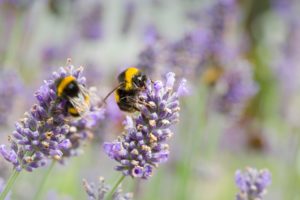 |
 |
Without bees in our environment, plants like these would all need to be pollinated by hand. That would make a big impact on our economy, our diets and possibly the environment. And that’s before we start thinking about apples, pears, strawberries and all the other delicious things that the environment provides to sustain us.
Growing food is a funny old thing. There’s a glut of fruit blossom early in the year. Then nothing until the oilseed rape starts to bloom and another hungry gap whilst the bees wait for tomatoes, peppers and squashes to want to pollinate.
From a bee point of view, if they were relying entirely on our food crops, for a supply of nectar, they’d have a pretty erratic supply.
From a food growers point of view – if the bees don’t survive their “hungry gap”, they won’t be able to provide us with pollinating services.
Cultivated garden flowers are great. They certainly help to fill the gap, but wildflowers do the same job with fewer inputs from the gardener. So why not make the most of them?
Where to grow wildflowers
There are wildflowers adapted for almost any situation. On the roof, in a meadow-garden, in the lawn, in planters, for a shady spot, for damp soil – the list goes on.
Almost any garden design can accommodate wildflowers – even if they are on a roof!
How to grow wildflowers
Growing wildflowers can be as simple as letting nature take control of an area. However, leaving everything to nature doesn’t always meet our expectations of what a garden should look like.
Wildflowers like nutrient-poor soil, the right amount of sunshine for the species and the minimum amount of disturbance. To grow wildflowers in your garden, simply select the spot and find out what species will like to grow there. Then, prepare the soil and either sow wildflower seed or, for faster and more reliable results, lay some wildflower turf. Meadowmat is ideal.
Meadowmat comes in 6 different types – all you need to do is choose the one most suited to your space and your style.
Growing wildflowers in the shade? Choose Woodland Shade Meadowmat to attract butterflies, bumblebees, moths and woodland creatures.
Developing a wildflower roof? Meadowmat Heritage Mix contains wildflower species that will thrive in the harsh conditions atop a building.
Love wildflowers but hate tall plants? Our species-rich turf is a good compromise. Most of the flowers bloom at ankle height and don’t mind being mown every couple of weeks or so. This type of Meadowmat makes a great floral lawn that will hum with the sounds of bees going about their work.
Each type of Meadowmat has been developed with the environment in mind. It’s a good compromise between low maintenance and biodiversity in the garden.
Take a look at this case study from a rural back garden in Essex, where Wildflowers have been used to cloak a steeply sloping terrace.
Back garden case study
Fran’s story. How this busy nurse from Bury St Edmunds transformed her urban front garden by planting wildflowers
Creating a wildflower living roof in Teddington, London
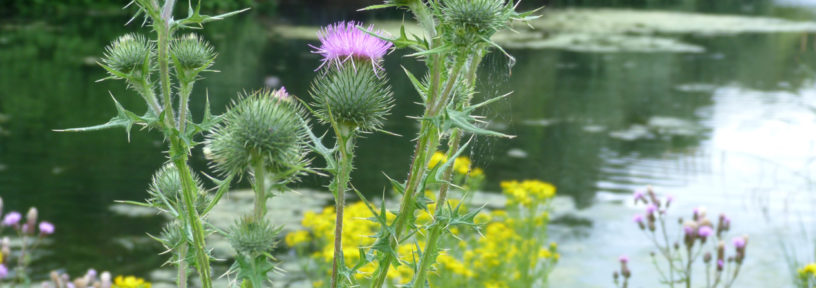
 Small changes help the environment
Small changes help the environment 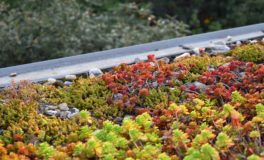 Green Roofs for Environmentally Friendly Urban Development
Green Roofs for Environmentally Friendly Urban Development 

